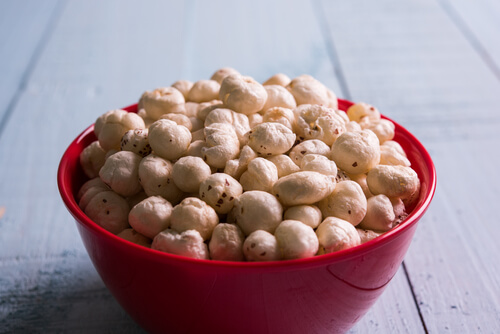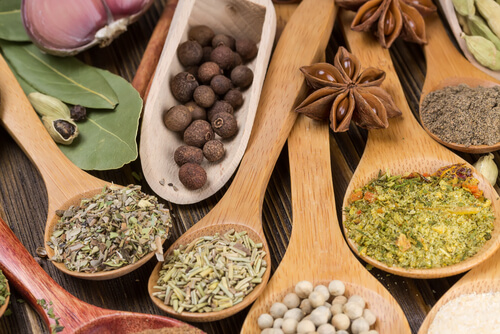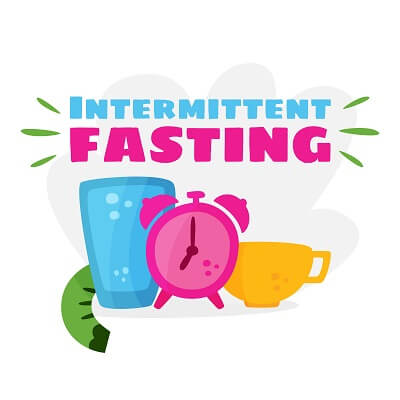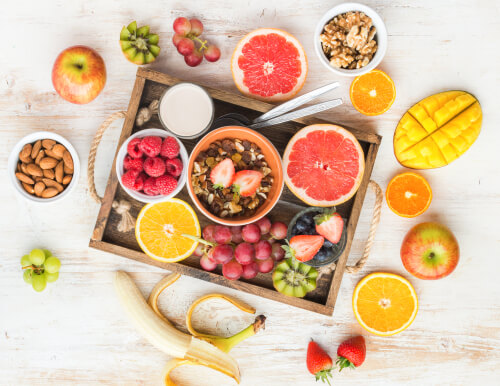There is an idea floating around that drinking juices is a potentially healthier dietary practice than actually eating whole fruits. There are a few reasons for this train of thought:
- Juices are easier to consume than whole fruits. People believe it is easier to consume larger amounts of vitamins and minerals in a single serving by drinking fruits instead of eating them.
- You can make a blend of different juices and vegetables which will give you a higher nutritional profile.
- Your body can absorb the nutrients faster in a liquid form than in a solid form.
But this is a rather incorrect understanding of how juicing affects the nutrients you’re consuming. Whole fruits have two things that juices don’t – skin and pulp. And these two components are actually the most nutritious part of the fruit.
The benefits of fruit skins
The edible skin of many of the top tier healthy fruits, which include apricots, apples, figs, grapes, blueberries, plums, strawberries, raspberries, prunes, etc. are sites of major biological activity in the fruit. The skin is the place where the fruit takes in sunlight and forms pigments. These pigments include flavonoids and carotenoids, nutrients that play a vital role in our health and wellness. They help to decrease your risk of cancer and increase your protection from ultraviolet light. Juicing removes the skin and actually reduces the health profile of the juice.
The benefits of the fruit pulp
The pulp of the fruit is a major source of good dietary fiber and other nutrients. The pulp also contains flavonoids which actually form a cooperative role with the vitamin C component found in the flesh of the fruit. The flavonoids work with the vitamins to improve your health and do things like boost your immune system.
Instead of juicing, consider blending your fruits into a smoothie. The blending process keeps the skin and the pulp while reducing whole fruits to a liquid state.








